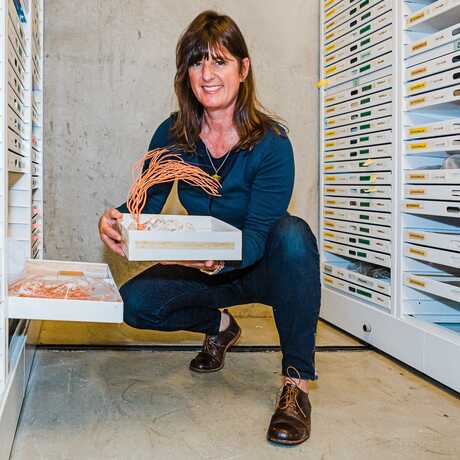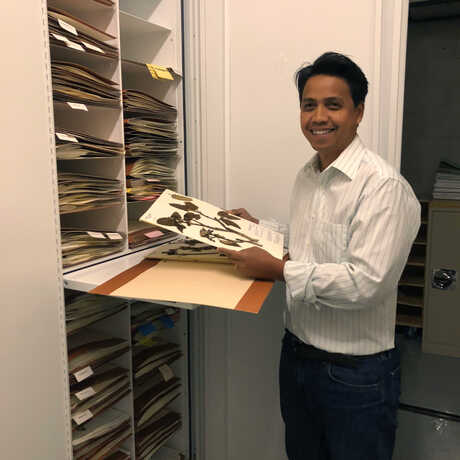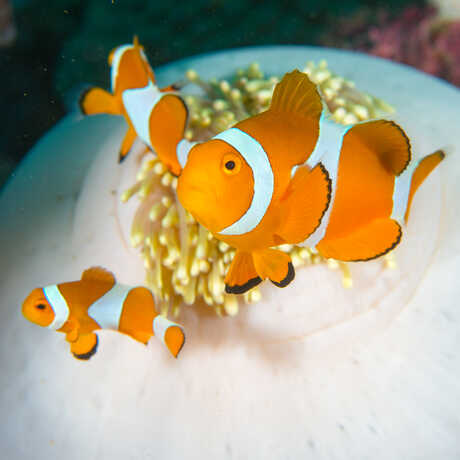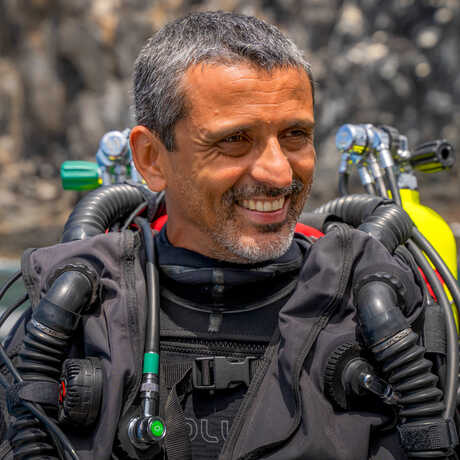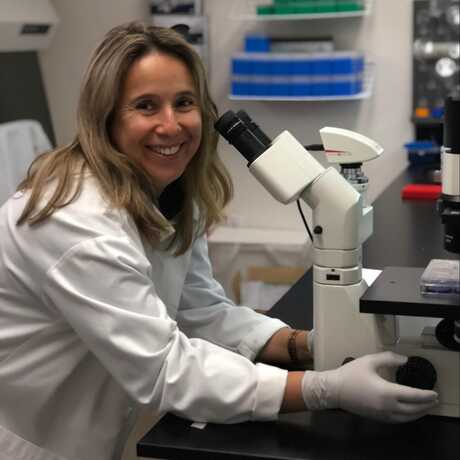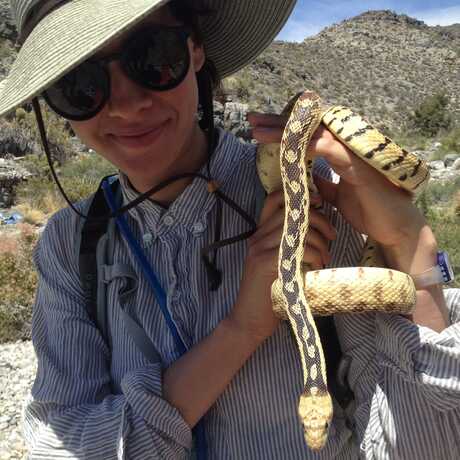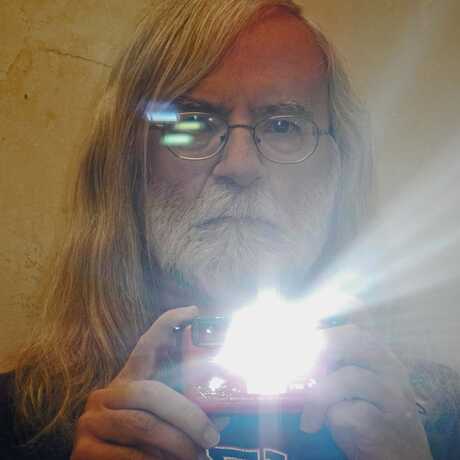Chrissy Piotrowski manages care and maintenance of the Academy's vast and taxonomically diverse Invertebrate Zoology Research Collection (excluding entomology specimens). She oversees CASIZ collection-related activities and documentation including acquisitions, curation, taxonomic determinations, specimen loans and exhibit, researcher visits, data inquiries, and maintenance of an online searchable database of digital specimen records.
Search for Academy curators, collections managers, and research staff working to answer some of the world's most pressing scientific questions.
My specialty is the systematics and evolution of solitary wasps family Sphecidae since 1955. In addition to minor papers, I have published essential monographs of Palearctic Tachytes (1962), Palearctic Tachysphex (1971), Palearctic Ammatomus (1973), Neotropical Tachysphex (1974), Australian Tachysphex (1977), Old World Parapiagetia (1977), World Prosopigastra (1979), North American Tachysphex (1988), World Kohliella (1991), World Holotachysphex (1992), World Gastrosericus (1995), African Tachysphex (2007), a book of 698 pages, world Palarini (2008, coauthored with Michael A.
My research interests focus on the taxonomy, systematics and biogeography of the Malagasy flora. I am conducting ongoing research on the St. John’s wort family, Hypericaceae, and the princess flower family, Melastomataceae, and am also investigating the relationships between Malagasy species and closely related groups from mainland Africa and the New World.
My research interests and experience are centered on the ecology, evolution, phylogeography (or the geographic distribution of genetic lineages), conservation, biogeography and systematics of coral reef fishes. I frequently try to combine these fields, invoking ecology to help explain evolutionary patterns and using molecular tools to test biogeographic and systematic hypotheses. The overall objective of this interdisciplinary research is to test existing hypotheses (and propose new ones) about what generates and maintains the extremely high biodiversity in tropical coral reefs.
Claudia Rocha is a Lab and Collection Manager for the Microbiology Department. She also manages the Ichthyology Tissue Collection where researchers around the world can request genetic samples as loans to answer questions on evolution, ecology, biodiversity and even climate change. One of her research focuses is on coral reef fishes, primarily on discovering viruses in coral reef fishes at different ecosystems. Her last publications are descriptions of new species of fish.
I am the Curator of Geology, and I've been at the Academy since 1999. I hold degrees in Biology (B.Sc.), Oceanography (M.S.) and Geology (Ph.D.). My research is transdisciplinary, with a focus on understanding the evolution of ecological systems, emphasizing paleontology, deep time, and perspectives on complexity dynamics. Most of my research these days centers around global change biology, and how we can further develop our understanding of Earth's past ecosystems to better forecast our future.
At the Academy, I oversee all computing activities within the research group. While this role primarily supports collections data and genomics research, it also encompasses many other aspects of the scientific work we do.
